A Crucial Cooking Technique Great Cooks Know and Practice
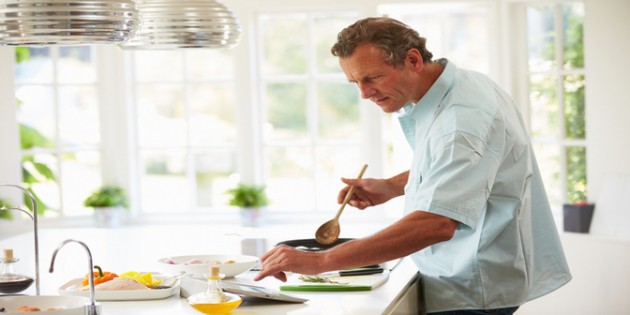
Most of us learn to cook through trial and error, the Food Network, or being forced to feed ourselves when no one else will do it. In reality, no one’s born knowing how to flavorfully sauté chicken, or correctly blanch vegetables.
So this said, here is a crucial cooking technique chefs use every day, but the rest of us rarely pick up. It’s time this information (found on www.lifehacker.com) became more mainstream!
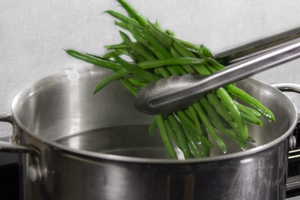
PAR COOKING: Short for “partial cooking,” it involves partially cooking a dish now and finishing it later (typically when time to serve). This technique keeps dishes that normally dry out easily moist and flavorful, and avoids needing to reheat them when it’s time to serve (which makes food taste like leftovers.)
It’s also great when you need to start cooking a dish one way (baking chops to keep them juicy, for example) and finish it another way (on the grill for that delicious char, for example,) or if you have lots going on at once but everything must be ready at the same time (think Thanksgiving dinner.)

It’s all about timing and your recipe. That means the HOW depends heavily on the food you’re cooking, and HOW (or when) you plan to finish it. Parcooking a casserole may involve baking it through but stopping shy of a crispy crust or firm, solid body that won’t fall apart when you dish it out. Parcooking rice or pasta on the other hand may involve boiling in water until it’s just shy of al dente, and finishing it later in a pan full of homemade sauce.
Here are some popular examples of when to use this technique:
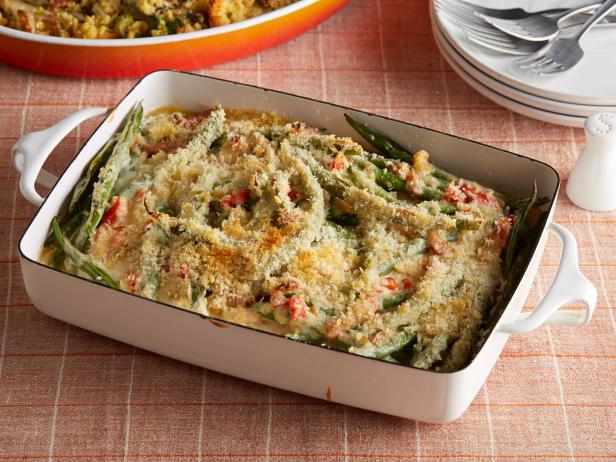
CASSEROLES AND BAKES: Any baked dish that needs to retain moisture but should still be warm all the way through when served. It’s also perfect for making casseroles ahead, then freezing later.
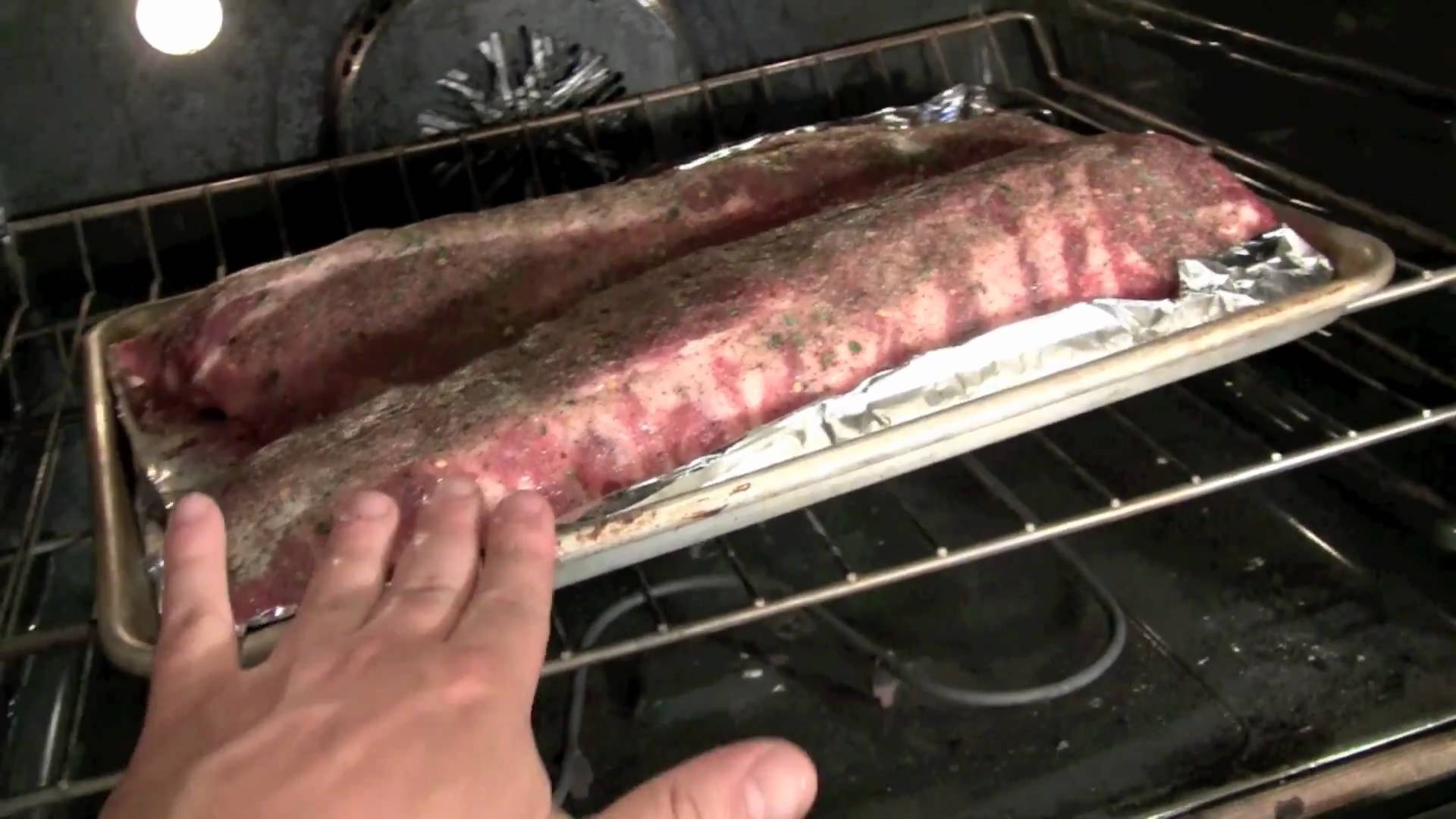
PORK AND CHICKEN: Specifically chops, ribs, chicken breasts, thighs, and anything else that cooks faster outside than inside. For example, parcooking ribs in the oven and finishing them on the grill yields perfectly cooked meat without sacrificing the delicious grilled flavor that comes from a few minutes over the coals. In this ultimate fried chicken recipe, parcooking in the oven first makes sure the chicken stays moist and juicy even after it’s breaded and fried again in hot oil.
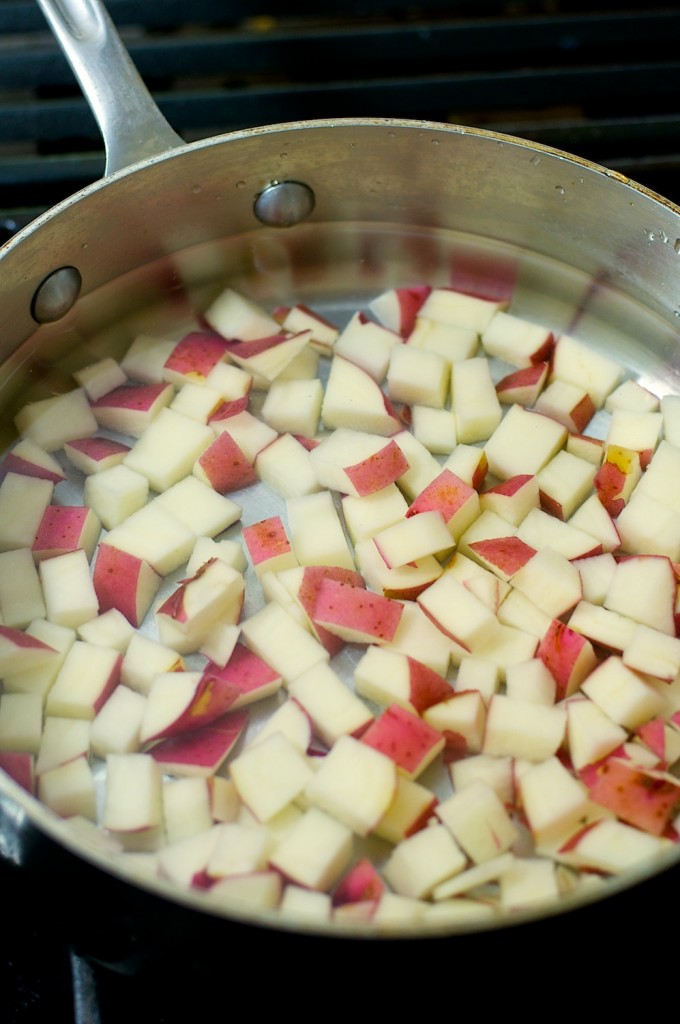
POTATOES, RICE, AND OTHER WATER-ABSORBING STARCHES: The longer you cook most starches, the more loose and soft they get. By parcooking them first, you avoid overcooking and you can add them to other dishes without loss of texture. This is especially useful when grilling potatoes (so they don’t fall apart on the grill or burn outside before they’re soft inside) or to prep them for other dishes, like hash browns, home fries, or French fries.
Virtually any situation where you can make something ahead of time, or where you can start with low, controlled heat (to develop lots of flavor) but want to finish with high heat (for searing or caramelization) is perfect for par cooking. You can even parcook veggies before grilling or sauteeing them to keep their texture and flavor without cooking them to death.
Thus going forward, if you’re not already working parcooking into your food prep routine, this can be the time to start. The extra time it takes is worth the extra flavor and professional finish parcooking adds to your finished product!
- www.purehealthcoach.com.au
- www.thenoilkitchen.com
- www.joycemeyer.org
- www.foodnetwork.com
- www.youtube.com
- www.newsouthfoodcompany.com
 Alice Osborne
Alice Osborne
Weekly Newsletter Contributor since 2006
Email the author! alice@dvo.com
